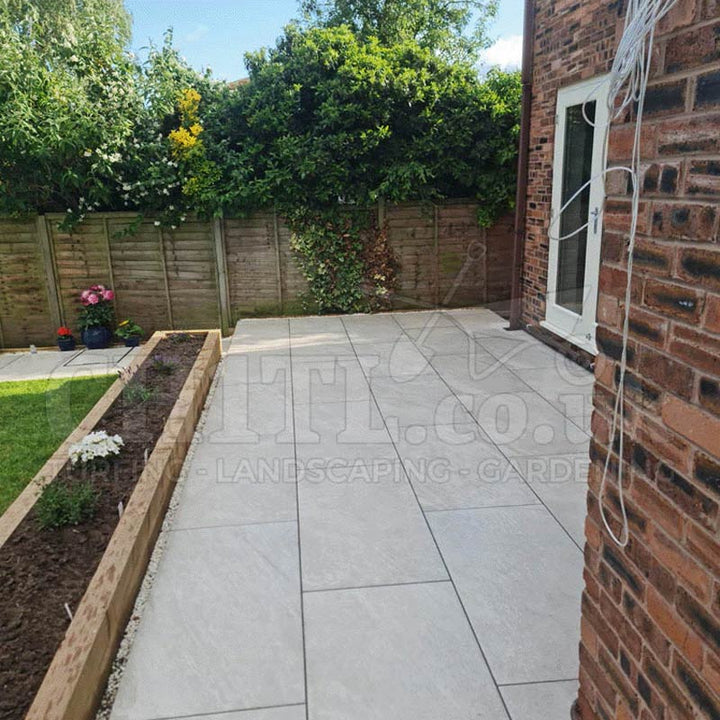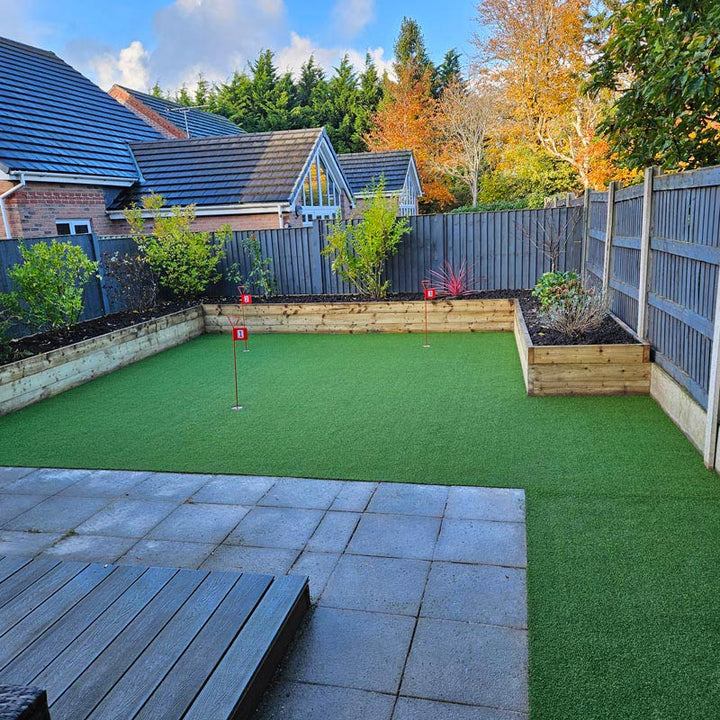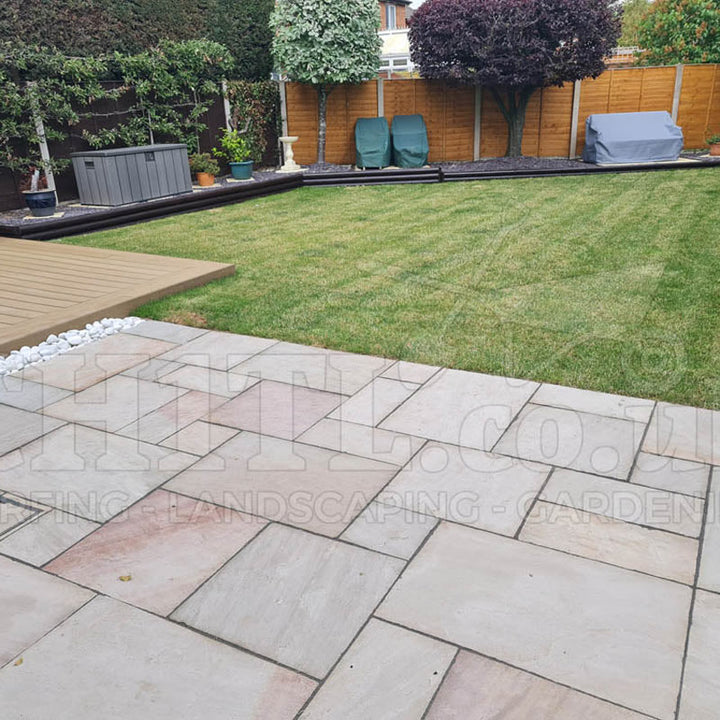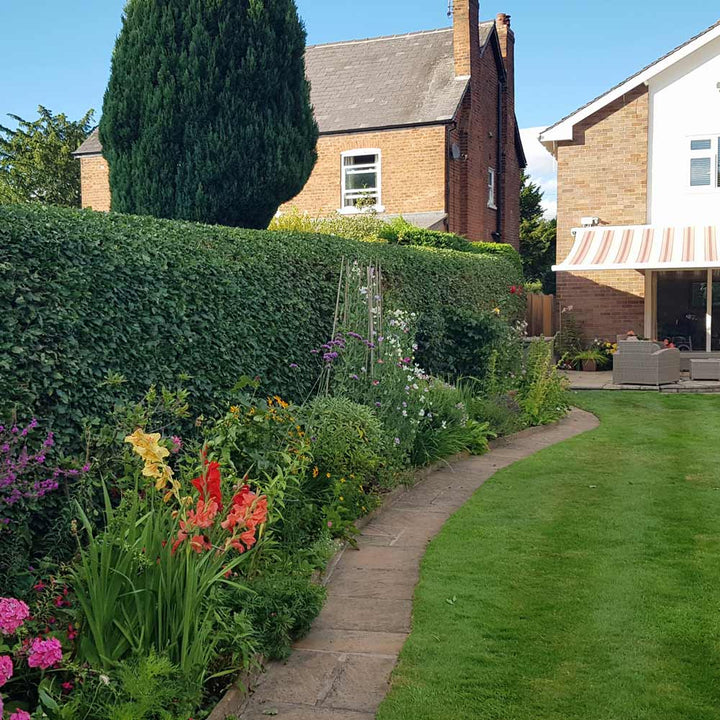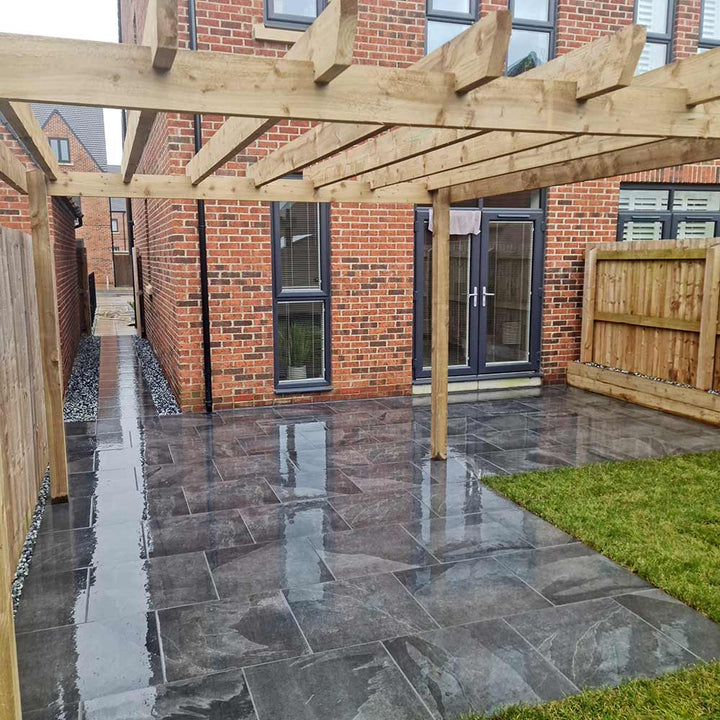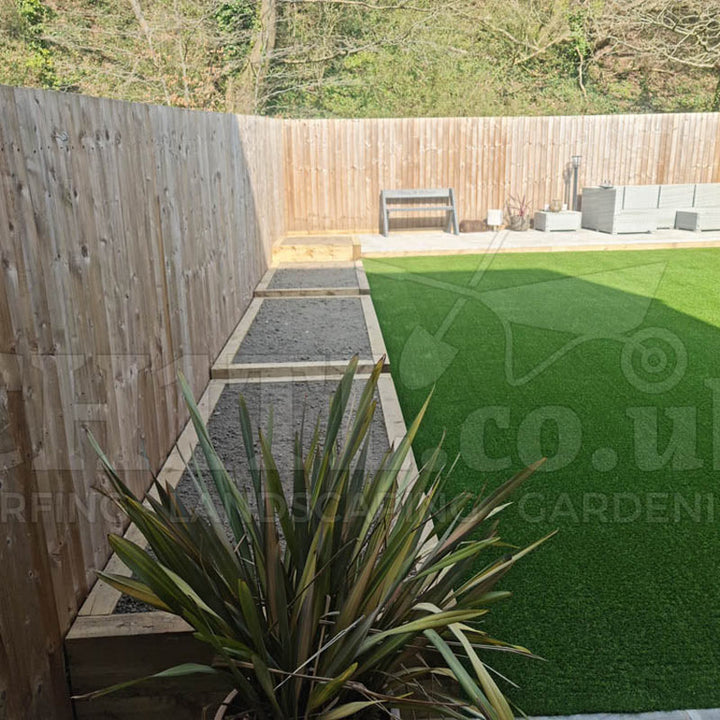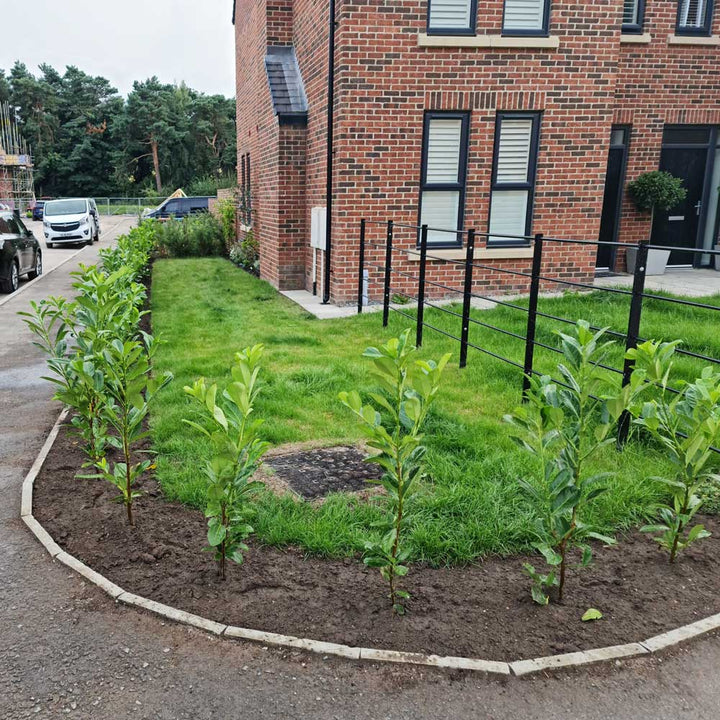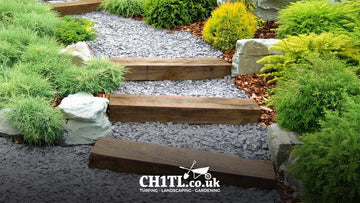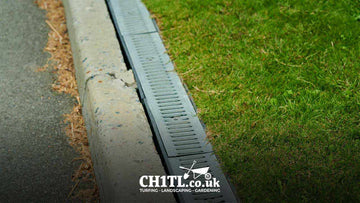
A well-maintained lawn is the pride of any homeowner. However, poor drainage can quickly turn a lush green space into a waterlogged mess, causing damage to plants, grass, and soil. If you’ve been struggling with soggy patches or standing water, this guide will walk you through the best techniques to know how to improve lawn drainage effectively.
Why Does Lawn Drainage Matter?
Good lawn drainage is crucial for a healthy garden. Excess water can lead to multiple problems, including:
-
Root rot and fungal diseases
-
Soil compaction and erosion
-
Stunted plant growth
-
Pest infestations due to stagnant water
Understanding how to improve lawn drainage is the first step to finding an effective solution.
Common Causes of Poor Lawn Drainage
Several factors contribute to water accumulation in your lawn. Some of the most common reasons include:
-
Clay soil: Dense soil with high clay content retains water instead of allowing it to drain away.
-
Compacted soil: Foot traffic and heavy machinery can compact soil, reducing its ability to absorb water.
-
Poor grading: If your lawn is not sloped correctly, water can collect in low-lying areas.
-
Thatch buildup: A thick layer of dead grass and organic material can prevent water from penetrating the soil.
-
High water table: Some areas naturally have a high water table, making it difficult for excess water to drain away.
How to Improve Lawn Drainage?
Poor lawn drainage can lead to standing water, weak grass growth, and increased risk of fungal diseases. Whether your lawn is struggling due to compacted soil, improper grading, or heavy rainfall, there are several effective solutions to redirect excess water and create a healthier, drier landscape.
Below are some of the best methods to know how to improve lawn drainage and maintain a thriving lawn year-round.
1. Aeration: Relieve Soil Compaction
Aeration involves perforating the soil with small holes, allowing air, water, and nutrients to penetrate deep into the roots. This method is particularly effective for compacted or clay-heavy soil. You can use:
-
A manual or powered aerator
-
A garden fork to create holes in smaller areas
Perform aeration once or twice a year, preferably in the spring and autumn, to keep your soil loose and well-drained.
2. Add Organic Matter to Improve Soil Structure
If your soil retains too much water, improving its structure can help. Mixing organic matter like compost, peat moss, or sand into your soil can:
-
Enhance drainage
-
Improve soil aeration
-
Encourage beneficial microorganisms
Topdressing with compost annually will gradually improve the drainage capacity of your lawn.
3. Install a French Drain
A French drain is a simple yet effective drainage system that directs excess water away from your lawn. It involves:
-
Digging a trench in the problem area
-
Lining it with landscape fabric
-
Adding a layer of gravel
-
Installing a perforated pipe
-
Covering it with more gravel and soil
This system helps channel excess water away from your lawn, preventing waterlogging.
4. Create a Rain Garden
A rain garden is a shallow, planted depression that absorbs excess rainwater. It helps:
-
Reduce standing water
-
Filter pollutants from runoff
-
Support wildlife and pollinators
Choose deep-rooted native plants and position the garden in an area prone to water accumulation.
5. Regrade Your Lawn
If improper grading is causing water to pool, re-sloping your lawn can direct water away from problem areas.
-
Identify low spots where water collects.
-
Use soil to fill and level these areas.
-
Ensure that your lawn slopes gently away from buildings and patios.
A professional landscaper can help if the grading issues are significant.
6. Install a Dry Well
A dry well is an underground storage solution that collects excess water and slowly releases it into the surrounding soil. To install a dry well:
-
Dig a deep hole where water collects.
-
Fill it with gravel or a plastic dry well container.
-
Cover it with soil and grass.
This method is useful for handling large volumes of water.
7. Use Permeable Paving
If your lawn is affected by water runoff from driveways or patios, consider installing permeable paving. These materials allow water to pass through, reducing runoff and preventing lawn flooding. Options include:
-
Gravel or crushed stone pathways
-
Permeable concrete or asphalt
-
Paving stones with gaps for drainage
8. Improve Gutter and Downspout Drainage
Water from your roof can contribute to lawn drainage problems. Ensure that:
-
Gutters are clear of debris to allow proper water flow.
-
Downspouts direct water at least 6 feet away from your lawn.
-
A rain barrel or drainage pipe is installed to manage excess water efficiently.
9. Remove Excess Thatch
Thatch is a dense layer of dead grass that can prevent water from reaching the soil. Dethatching your lawn involves:
-
Using a dethatching rake or machine to break up the layer.
-
Raking up and disposing of the removed material.
-
Aerating and overseeding to encourage healthy growth.
10. Consider a Sump Pump
For severe drainage issues, a sump pump can help by actively pumping water away from your lawn. This is especially useful in low-lying areas prone to persistent flooding.
Preventing Future Drainage Problems
Once you've improved your lawn's drainage, maintaining it is essential. Follow these tips to prevent future issues:
-
Regular aeration to keep soil loose
-
Proper lawn care including mowing, fertilising, and overseeding
-
Monitoring low spots and filling them as needed
-
Maintaining gutters and downspouts
-
Avoiding heavy foot traffic on wet soil
Final Thoughts
If you're wondering how to improve lawn drainage, there are several effective solutions to consider. Whether you choose simple methods or invest in advanced systems, addressing drainage issues will enhance your outdoor space significantly. Proper drainage prevents waterlogging and promotes stronger grass growth, reduces soil erosion, and keeps your lawn looking its best in all seasons.
If you’re struggling with persistent water issues, consulting a professional landscaper can provide customised solutions for your lawn. By implementing these drainage techniques, you can protect your lawn from water damage and create a more sustainable, beautiful garden.
For expert lawn care, drainage solutions, and professional turfing and landscaping services, trust the specialists at CH1 Turfing and Landscaping!
Whether you need help improving your lawn’s drainage, designing a stunning outdoor space, or maintaining a healthy garden, our team has you covered, and let’s bring your dream landscape to life.
